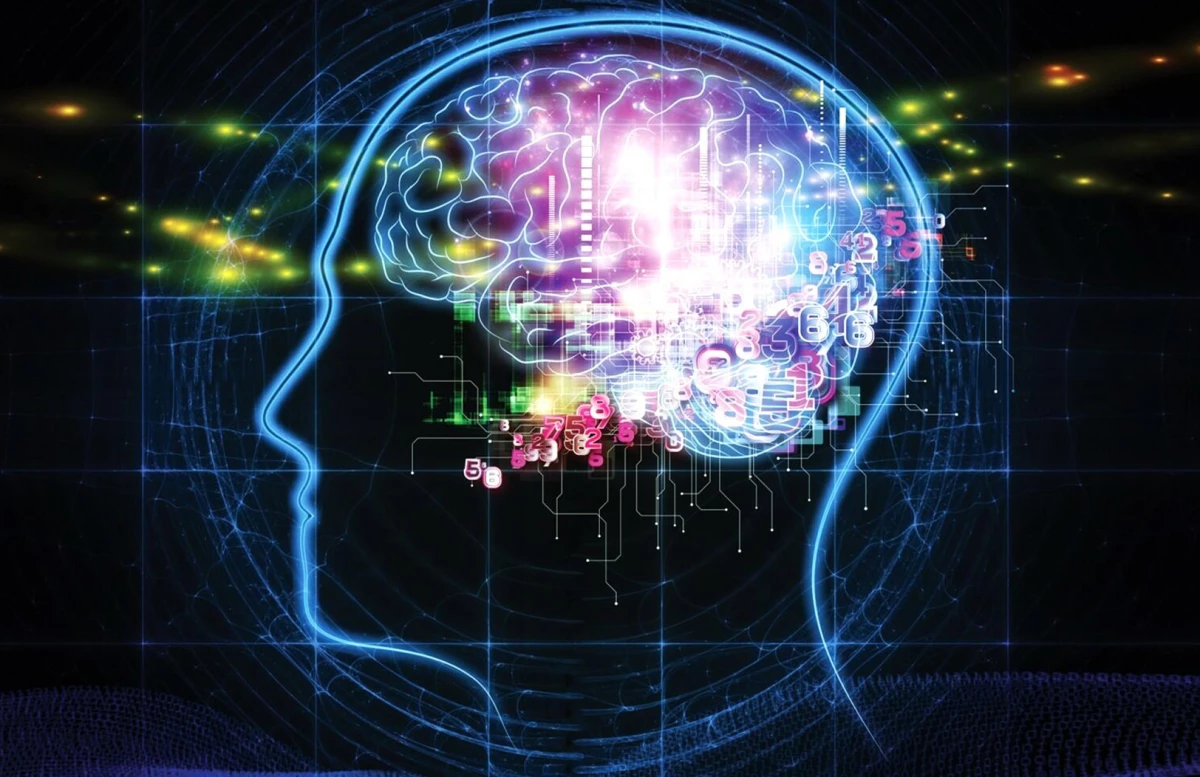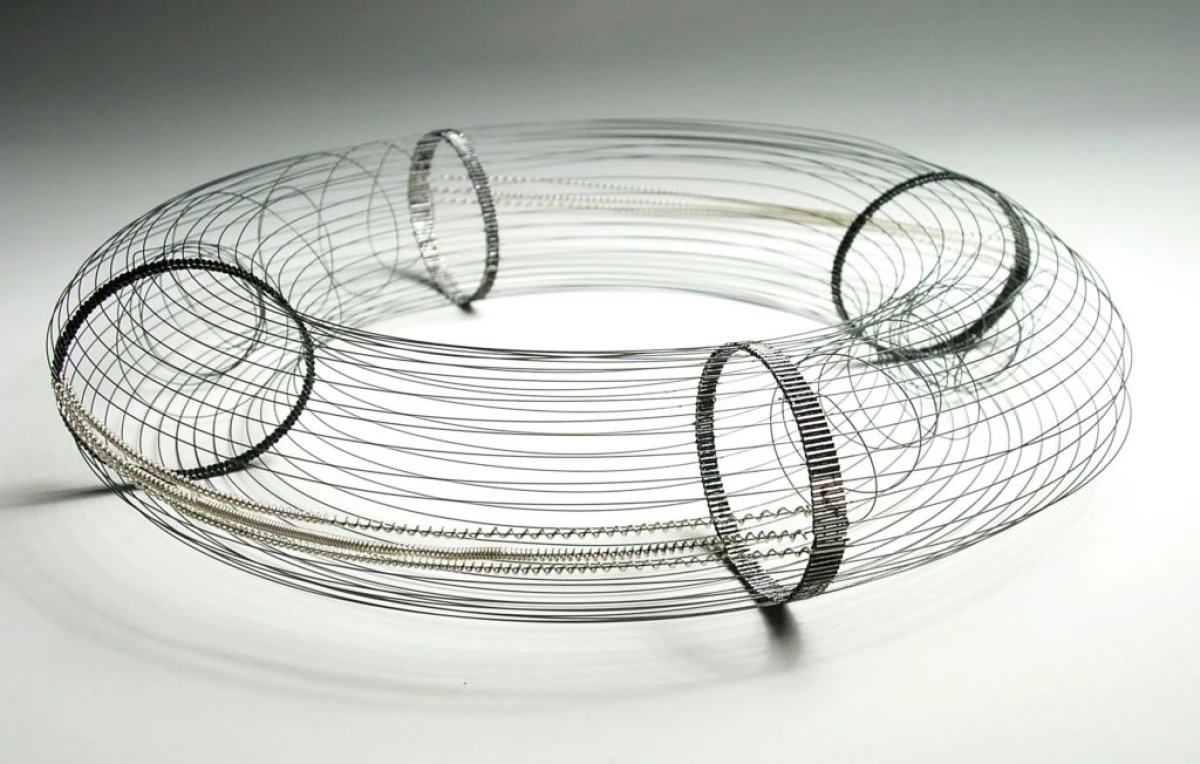
Physics from Netherlands University Nijmegen (RADBOUD UNIVERCITY NIJMEGEN), which are engaged in the development of the so-called "quantum brain", made an important step in this direction. They demonstrated that the "smart" material created by them is capable of imitating the processes that occur in the human brain. In particular, the autonomous behavior of neurons and synapses.
This was announced on February 1, the head of the project Alexander Khajtorian is a professor of scanning probe microscopy at the University of Radbud. The need for quantum brain is caused by the rapid growth in demand for computing power. The amounts of information are increasing, and together with this, the number of data centers is also growing.

To solve the problem, innovative technologies are needed, and a quantum brain can be the basis for the next generation computers, which will be less and energy efficiently modern devices. According to Berta Cappon, Professor neural networks and machine intelligence, computers work on the basis of software. It fully controls the storage and processing of data on a separate hard disk.
Scientists Radbaud set themselves the goal - to determine whether the hardware is capable of acting without software. They built a network of cobalt atoms on black phosphorus and found that the created "smart" material works just like the brain. "Intelligent" materials are considered to be under the influence of external influences, one or more characteristics (physical and chemical) changes.
To identify such patterns, researchers affected the material using a certain voltage. The external stimulus forced atoms to move randomly akin to brain neurons. They also managed to create the smallest of the existing synapses - the connection between the neurons.

Artificial intelligence should be able to recognize various patterns in the surrounding world and learn new, adapt. It is thus the human brain is arranged. It is often compared with the computer. In both cases, processing, storage of information, decision-making occurs. The input interfaces serve the senses, and the outputs - the speech organs, fingers.
However, if the computer always acts on a clearly specified algorithm, the brain is able to take spontaneous intuitive solutions. On this basis, scientists came to the conclusion that the brain is a biochemical quantum computer. There is a group of hypotheses about quantum consciousness. Their essence is that consciousness cannot be explained at the level of classical mechanics. In the scientific community, opinions on this matter were divided. As of 2017, the influence of quantum effects on brain activity is still not experimentally proven.
Channel site: https://kipmu.ru/. Subscribe, put heart, leave comments!
